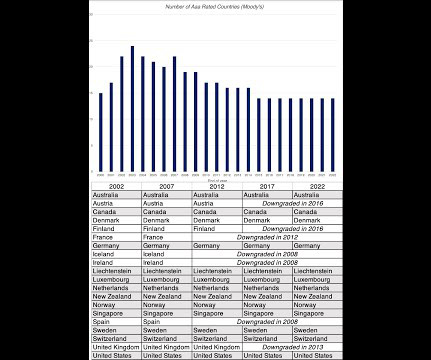Musings on Markets: Data Update 1 for 2022: It is Moneyball Time!
CFO News Room
JANUARY 24, 2023
A few of these variables are macro variables, but only those that I find useful in corporate finance and valuation, and not easily accessible in public data bases. Rather than replicate that data, my macroeconomic datasets relate to four key variables that I use in corporate finance and valuation.














Let's personalize your content